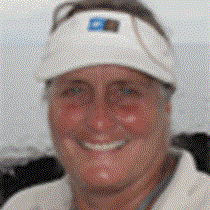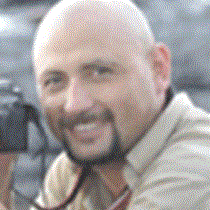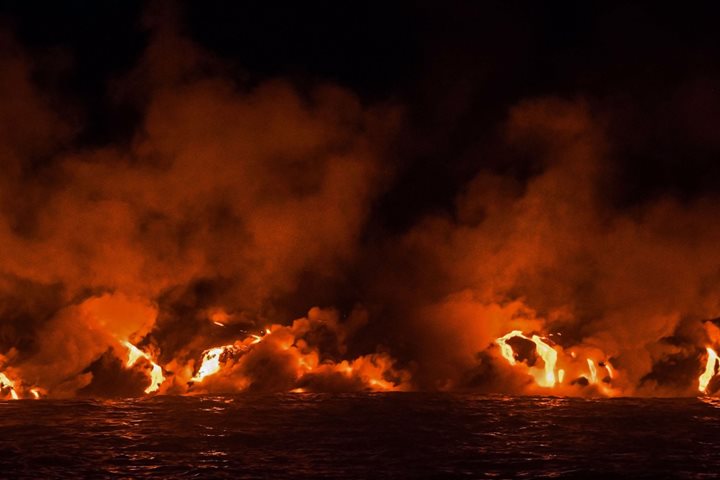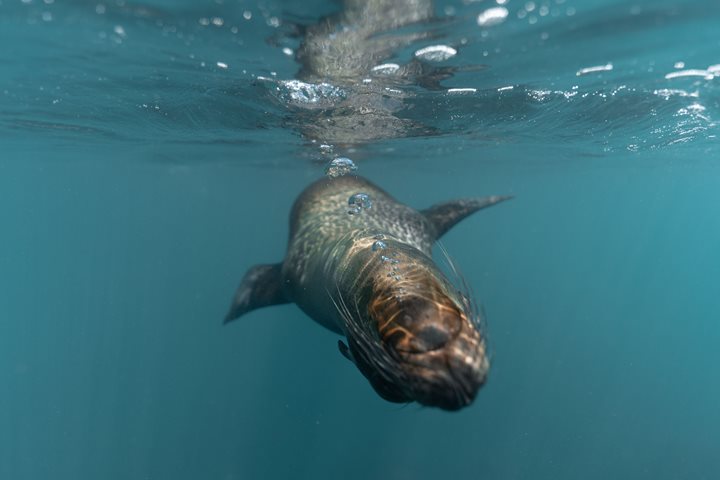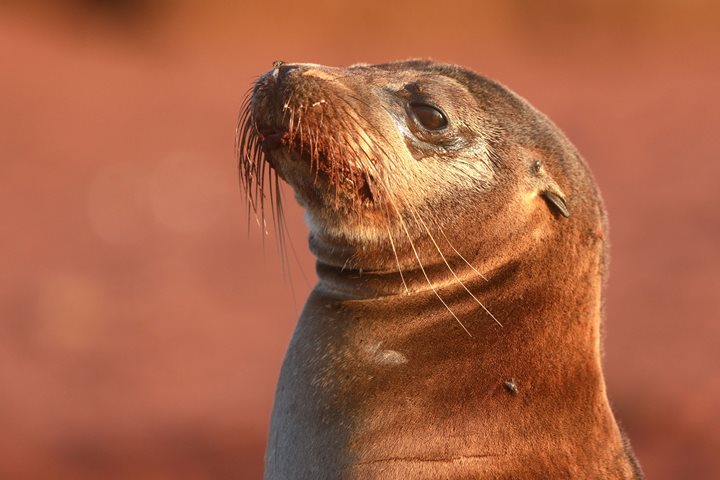We left our peaceful anchorage off Fernandina at 0500 and navigated east to anchor just before breakfast in Urbina Bay at the base of Volcan Alcedo. This area was uplifted dramatically in either 1953 or 1954 and on our morning hikes we could still see evidence that the ocean once covered the trails where we walked. There were encrustations of tube worms and several large coral heads, all high and dry and slowly disintegrating. What we enjoyed most however this morning were nearly a dozen giant tortoises of all sizes that we were surprised and delighted to find lumbering slowly along the sandy paths among the lush vegetation behind the landing beach. It had apparently rained hard the day before and all the terrestrial critters were on the move! Land iguanas were mating, yellow warblers, finches and mocking birds were singing and the tortoises were on their way somewhere - busily walking, to where? – we did not know!
- Daily Expedition Reports
- 21 Mar 2018
Isabela Island, 3/21/2018, National Geographic Islander
- Aboard the National Geographic Islander
- Galápagos
Lynn Fowler, Expedition Leader
Born in Baltimore, Maryland, and one of seven children, Lynn grew up in various university towns where her father was a professor of physics. Lynn obtained her B.A. in biology from Earlham College in Richmond, Indiana, followed by a master’s degree i...
Read MoreWalter Perez, Naturalist/Certified Photo Instructor
Walter was born in a very small town on the mainland of Ecuador. His first trip to the Galápagos was when he was 12 years old, visiting friends and aunt, who had moved to the islands. From the first moment he saw the Islands, he fell in love with the...
Read MoreShare Report
Related Reports
11/23/2022
Read
National Geographic Islander II
Isabela and Fernandina
Our day began with the chance to point out a lot of interesting geological features as we enjoyed Zodiac tours along a massive flank of Ecuador Volcano on Punta Vicente Roca. In the afternoon, we took a sunny walk on Punta Espinoza on Fernandina Island. We spotted many iguanas, and a bunch of sea lions hanging around, too.
11/22/2022
Read
National Geographic Islander II
North Seymour & Rabida Islands
Relatively small and low compared to neighboring Santa Cruz, North Seymour is located to the north of Baltra. The island is dry with predominantly low shrubs, like prickly pear cacti. The incense trees are bare during the dry season. Seabirds like frigatebirds and blue-footed boobies nest on the island, and sea lions rest on the sand when they are not fishing. Land and marine iguanas also live here. Rabida is in the middle of the archipelago and has a striking red sand beach. We observed a small colony of sea lions of all ages resting or nursing. Behind the beach, American flamingos nest in a brackish lagoon. This island is full of contrasts and wildlife that we enjoyed observing during this day of expedition.



